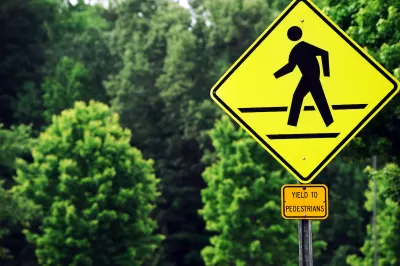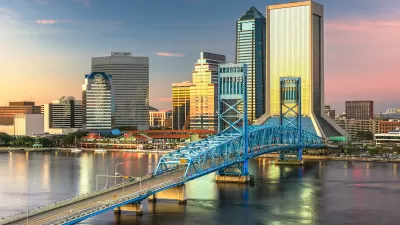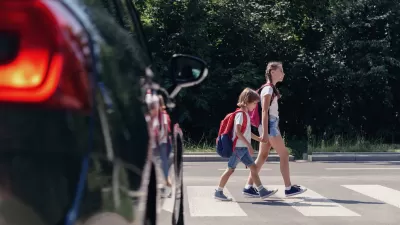Road fatalities fell by a meager 4 percent in the first half of 2023.

According to a press release from the Governors Highway Safety Association (GHSA), pedestrian deaths in the United States dropped by 4 percent in the first half of 2023, but remain 19 percent higher than in 2019 before the pandemic began.
The rise in pedestrian deaths is even more stark when looking back at the past decade – fatalities have risen a staggering 58% between the first half of 2013 and 2023.
The GHSA report attributes the rise in deaths to a steep drop in traffic enforcement, road designs that prioritize fast-moving traffic, and a lack of adequate pedestrian infrastructure in many U.S. cities. “To help address this pedestrian safety crisis, GHSA supports a holistic solution rooted in the Safe System approach that is outlined in the U.S. Department of Transportation’s National Roadway Safety Strategy (NRSS). Each of the five elements of this approach – safe road users, safe vehicles, safe speeds, safe roads and post-crash care – combine to create a multi-layered safety net that can protect people inside and outside of vehicles.”
In a related article in Streetsblog USA, Kea Wilson argues that a Safe Systems approach is necessary but not sufficient to end pedestrian deaths. Wilson writes, “the particular “Safe Systems” that America is building are nowhere near sufficient to meet the scale of our roadway crisis.” Further, “We have not yet meaningfully reckoned with which layers of that system have the most potential to save lives, and which ones are most subject to failure,” nor directed the appropriate resources to strengthening the most effective tools. “And we certainly have not acknowledged that all these endless safety nets just aren’t as necessary when Americans are less dependent on cars to meet their every need, or the essential role that simply having fewer drivers can play in preventing driver violence.”
FULL STORY: U.S. Pedestrian Deaths Fall Slightly in First Half of 2023, but Remain Above Pre-Pandemic Levels

Maui's Vacation Rental Debate Turns Ugly
Verbal attacks, misinformation campaigns and fistfights plague a high-stakes debate to convert thousands of vacation rentals into long-term housing.

Planetizen Federal Action Tracker
A weekly monitor of how Trump’s orders and actions are impacting planners and planning in America.

San Francisco Suspends Traffic Calming Amidst Record Deaths
Citing “a challenging fiscal landscape,” the city will cease the program on the heels of 42 traffic deaths, including 24 pedestrians.

Defunct Pittsburgh Power Plant to Become Residential Tower
A decommissioned steam heat plant will be redeveloped into almost 100 affordable housing units.

Trump Prompts Restructuring of Transportation Research Board in “Unprecedented Overreach”
The TRB has eliminated more than half of its committees including those focused on climate, equity, and cities.

Amtrak Rolls Out New Orleans to Alabama “Mardi Gras” Train
The new service will operate morning and evening departures between Mobile and New Orleans.
Urban Design for Planners 1: Software Tools
This six-course series explores essential urban design concepts using open source software and equips planners with the tools they need to participate fully in the urban design process.
Planning for Universal Design
Learn the tools for implementing Universal Design in planning regulations.
Heyer Gruel & Associates PA
JM Goldson LLC
Custer County Colorado
City of Camden Redevelopment Agency
City of Astoria
Transportation Research & Education Center (TREC) at Portland State University
Jefferson Parish Government
Camden Redevelopment Agency
City of Claremont





























